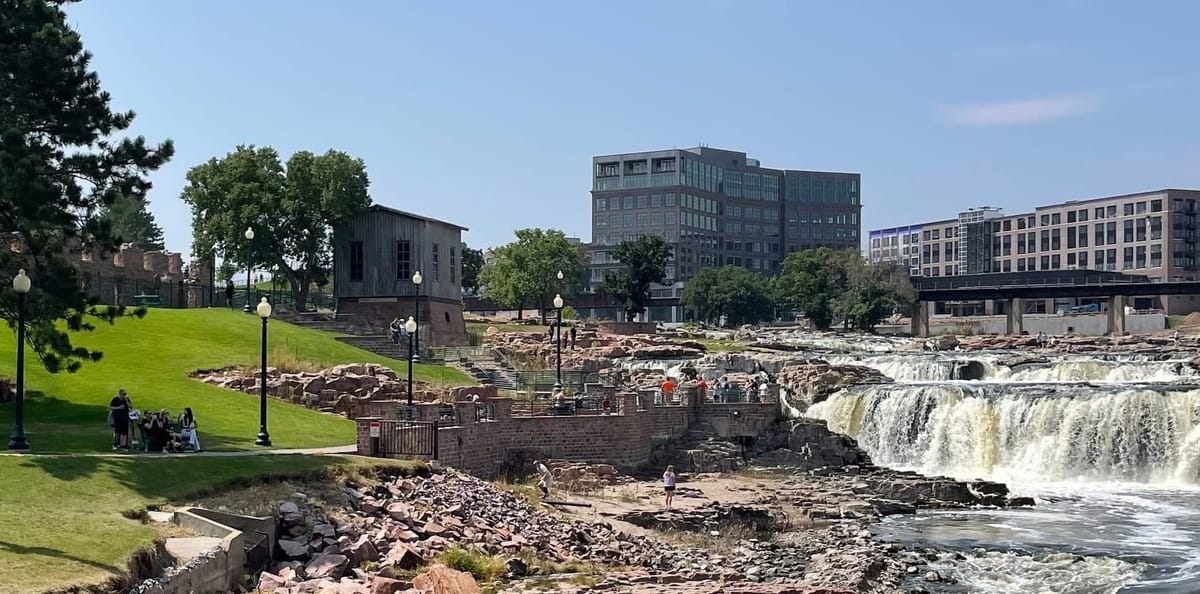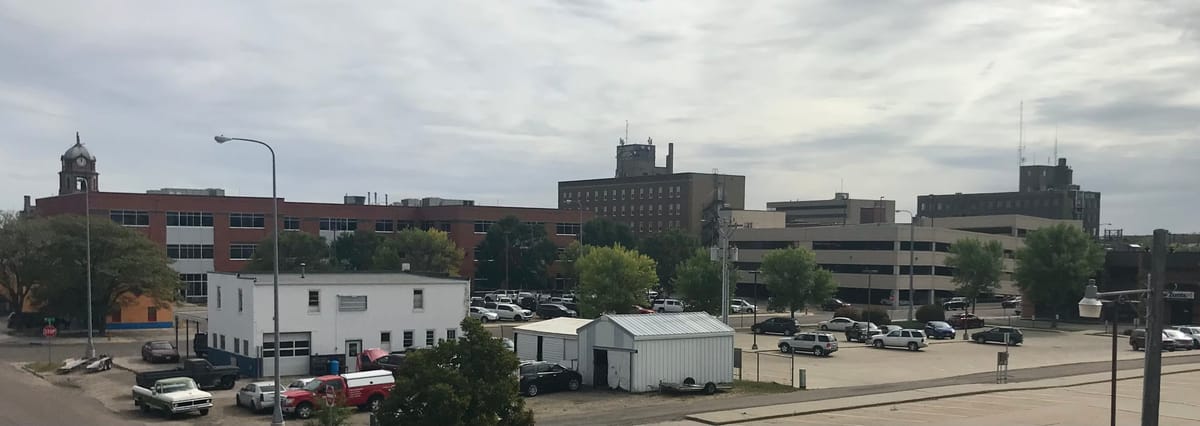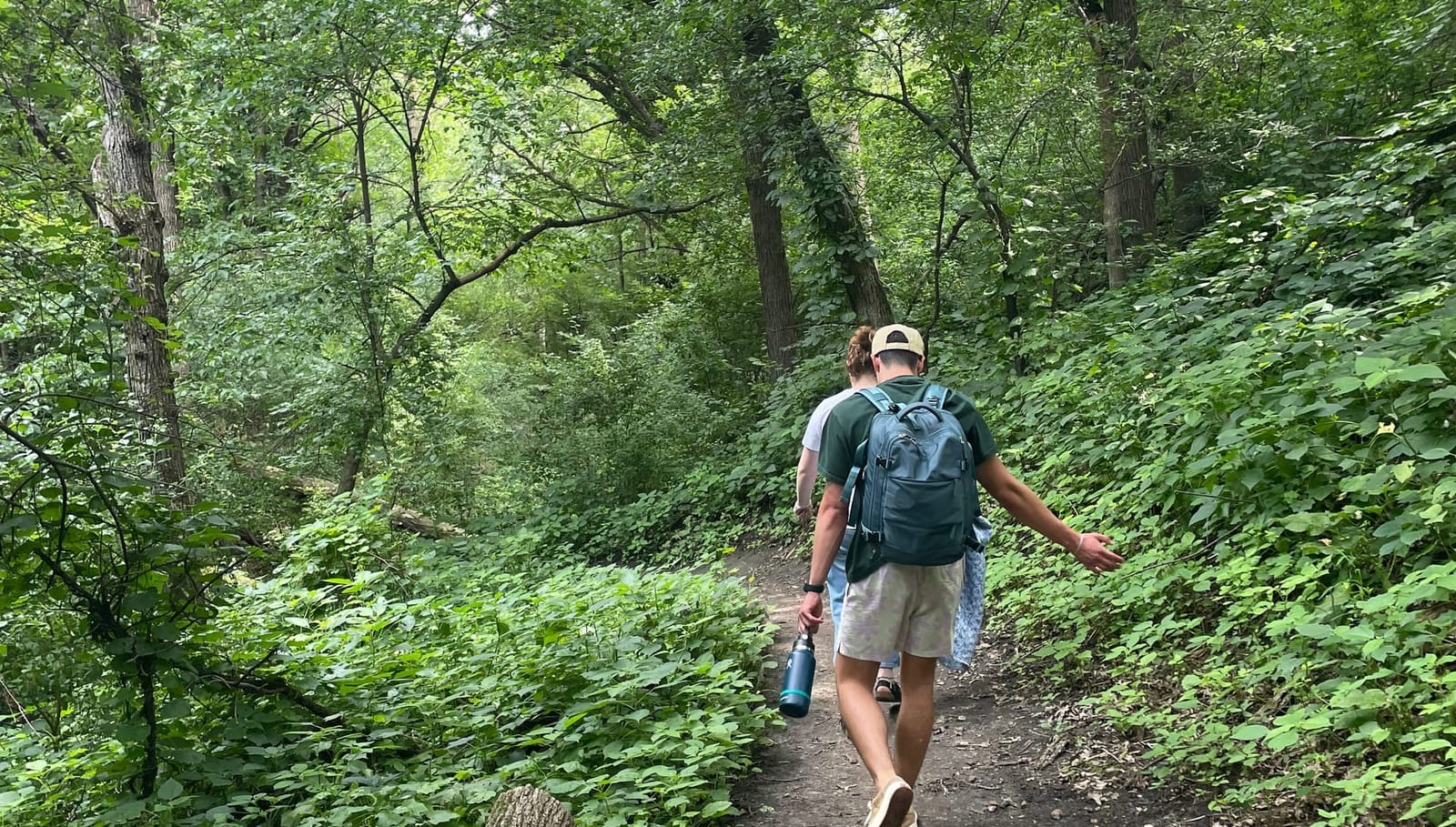Melissa Avelino is a data journalism student at Augustana University. In this series, she looks at the changing face of South Dakota using U.S. Census data.
College towns and high birth rates have increased the average number of young people in some South Dakota counties, even as 17.3% of the state's residents are 65 or older, according to U.S Census data.
In 2010, the age group of 15-19 was the third most common in South Dakota and by 2024 had increased to first place. According to the latest estimates by the U.S. Census, this group now makes up 6.9% of the population.
"You have higher birth rates in (Indian) reservation counties in general, and that's probably the bigger driver there," said Jared McEntaffer, CEO of the Dakota Institute.
For example, this trend is evident in Buffalo County, home to the Crow Creek reservation. In 2010, the most common age group in the county was 25-34 years old, making up 13% of the county population. In 2024, the most prevalent age group was 10-14, representing 10.9% of the population.
In Oglala Lakota County, part of the Pine Ridge Indian Reservation, 10.8% of the population are children 10-14 years old.
Another reason for the statewide trend is the presence of colleges and universities, which attract young adults and influence state age trends, McEntaffer said. With 22.3% of its population in the age group of 20-24 years old, Clay County – home to the University of South Dakota in Vermillion – has one of the youngest average ages nationwide.
Rural communities have a predominance of older age groups. For example, Fall River has 10.7% of its population in the age group of 65-69 years old.
The data
The latest U.S. Census data estimates indicated that the median age of South Dakotans was 38.5 in 2024. McEntaffer explains that it is the result of the aging of the overall population.
"We've got fewer young people being born, young people moving away," he said. "When people move back, they tend to be older. So all of those things combine to raise that."
The following graph tracks the median age trends in the state since 1990.
The following county-level map shows the median age in each of South Dakota's counties in 2023, highlighting the younger populations near reservations and universities and older populations in rural areas.
The following graph tracks the age groups in South Dakota in 2024.
Rural communities are aging
While some counties are getting younger, rural communities generally have an aging population.
"Kids have moved out of the state or, more likely in some cases, to other population centers in the state," McEntaffer said.
Join other South Dakotans and support statewide storytelling.
Campbell and McPherson counties exemplify these trends, he said. In both counties, the most common age group is 65-69 years old, 11% in Campbell and 9% in McPherson.
"These counties along the north, the kids might have moved into North Dakota and gotten into the oil industry," he said. "So the younger people are leaving the farms, moving to the towns."
Universities are driving the young growth
People aged 20-24 make up 6.7% of South Dakota's population, the third largest age group in the state, according to the U.S Census.
"The presence of college students is going to influence the young age groups around the state," McEntaffer said.
Jackson Dircks moved from Freeburg, Illinois, to South Dakota in 2021 to attend Augustana University. Anna Dircks, from Nampa, Idaho, was his teammate on the Augustana Swim and Dive team.

The couple began to date during Jackson's freshman year, and they got married in Sioux Falls in early summer 2025 and decided to stay in South Dakota to start their new life.

One of the reasons they have decided to stay in South Dakota is because of the benefits of living in the state, with better taxes and job opportunities.
"There are a lot of job opportunities. Maybe it's not always the job you want, but there are jobs here," Anna Dircks said. "Having the colleges here helps, like I said, I mean, it just makes it more age-friendly."
Other reasons why the couple calls South Dakota home include the parks and recreation activities and that they are well-organized and cared for.
Looking to the future
The Dircks, like many young adults around the state, are not sure if they will stay or leave South Dakota in the future.
"I could see myself living here forever and we retire here," Jackson Dircks said. "But I could also see us moving in the near future if something popped up."
The couple has some hopes and goals for the following years, which include moving to a townhome and being happy with their careers. They feel South Dakota is the right place for young people to start their lives.
"South Dakota is one of the best states for business friendliness. So it's nice," Anna Dircks said. "There's a lot more opportunity here than, say, where my hometown is."
Other stories in the series:


This story was produced by South Dakota News Watch, an independent, nonprofit organization. Read more stories and donate at sdnewswatch.org and sign up for an email to get stories when they're published. Melissa Avelino dos Santos is a student from Rio Branco, Acre, Brazil, at Augustana University in Sioux Falls. She is a summer 2025 intern at SDNW with support from the Nonprofit Newsroom Internship Program created by The Scripps Howard Fund and the Institute for Nonprofit News. Contact Melissa: melissa.avelino@sdnewswatch.org.









